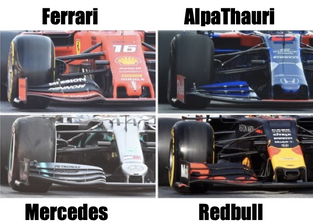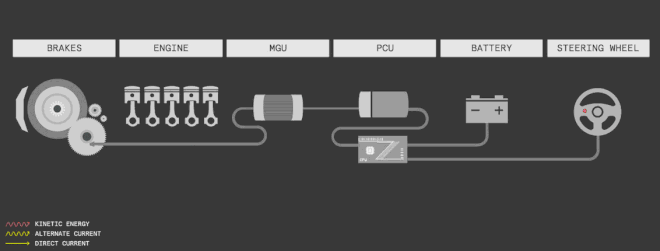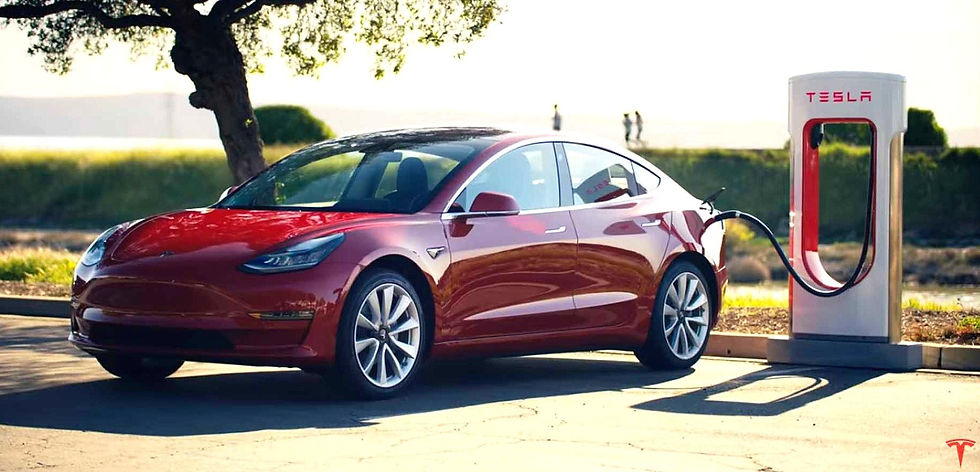What Scientific And Technological Components Come Together To Help Mercedes On Their F1 Domination?
- Güney Baver Gürbüz
- 28 Nis 2022
- 4 dakikada okunur
Formula 1 has never failed to entertain its audience. Even though it is a sport that involves only ten teams, the captivation and gaiety it generates on millions of people make it one of the best sports in the world. While ten teams contend in races, some are dominating the series. In Formula 1’s hundred years history, Ferrari succeeded to possess the highest number of titles, however, Mercedes has been dominating the track for seven years now, and are the biggest championship contender for the next season since there are no factors that seem to impede their quality in the sector. Their potent control in F1 is something that should never be underestimated, but what components come together to maintain their total and unprecedented domination in the sector? The quality and compatibility of Mercedes’s drivers Lewis Hamilton and Valteri Bottas are undoubtedly one of the key factors of Mercedes's success. Nevertheless, Mercedes uses very advanced technology and engineering in their cars which helps them to avoid the problems that engulfed their opponents for years.The engineering that teams use to advance their cars in Formula 1 requires quite an extreme amount of money. Mercedes, alongside the other ten teams, had the highest budget with 484 million $ in 2020 that enabled them to enhance the dynamics and power of their car. With this budget, Mercedes constituted one of the biggest crew in F1 consisting of lots of adept engineers and designers working together to look for any possible advantage over their rivals, resulting in high-tech automotive works of art.
The first factor for Mercedes's success in Formula 1 is the aerodynamics used. Aerodynamics has been critical in F1 ever since it was first generated by Colin Chapman, who added wings to the Lotus 49 in 1967 to help it corner faster. However, in this era of F1, aerodynamics is not just about putting wings on the back
and front of the cars; it is much more complex. From the front wing to the suspension arms, rear-view mirrors, sidepods, floor, and, the rear wing itself, the teams delve into the minimum details of cars to flow air across the car to mitigate the air friction and generate the most downforce by channeling the air as it gets distributed over the cross-sectional area of the car so that it’s cleaner and more stable across the rear wing. The aerodynamics of the formula cars allow them to force the air up and through them and since for every force, there is an opposite force, as the air is forced upwards, it also creates a force pushing downwards. This force is called the downforce and as it increases, it pushes the car into the road harder increasing the friction between the tires and the road allowing the car to take corners at higher speeds and the driver to have more control. Mercedes, with its quality team and the high budget, don’t make any concessions for spending hours to work on the aerodynamics of its car and the results are worth it.
Even though the cars may seem the same, the little details in their design determine the quality of their aerodynamics. As seen in figure, the front wings of the cars differ in design. However, the exterior design of the cars isn’t the only component to determine their standards. The design and the power of their engine are critical in this case. With the last regulations made in 2014, the formula cars can have 1.6-liter turbocharged V6 petrol engines with hybrid assistance. Mercedes, in response to these regulations, developed a unique engineering power system that enables them to surpass other teams. The current F1 engine providers are Ferrari, Mercedes, Honda, and Renault. Mercedes is considered to have the maximum Horse Power (HP). Ferrari comes next, with Renault and Honda following them. The teams invest a lot of money in research to give them an extra edge in powerful engines. Although uncertain, it is considered that the current Mercedes cars carry more than 1000 HP which is a magical number. The Ferrari team principal Mattia Binotto confessed in November 2020 that his team's F1 cars are at least 50 horsepower behind Mercedes. The engine design that differentiates Mercedes from other teams is that its unique style. Instead of having the turbocharger’s turbine and compressor close together in one unit, Mercedes’s engine
experts split this into two. They place the turbine to one end of the engine block and the compressor to the other, linked by a long shaft that ran through the engine to the battery. As seen in image, the thorough design of this engine makes it more compact, enabling the vehicle to be more aerodynamically efficient. This efficiency in the engine performance is partly due to the Kinetic Energy Recovery System (KERS). In order to get maximum energy from the smallest amount of fuel in F1, this system is highly crucial. It works by converting the energy of motion when the car decelerates into electrical or mechanical energy which is stored in a battery. When the driver presses the button on their steering wheel, they discharge the battery and give their vehicle a boost of power. A detailed illustration of this system can be seen in last figure. In simple terms, KERS is a modern invention that allows racers to increase their performance without relying on fuel.
Although some teams don’t prefer to use this system for various reasons, Mercedes, on the contrary, invested a lot in this system and engineered it in a way that helped them to pass the other teams on the pitch.
To sum up, with its high budget and lavish spendings, Mercedes achieved to construct an outstanding team over the years to focus on the fundamental aspects and principles of Formula 1, enabling them to reach the pinnacle in motorsports. As the new season of Formula 1 is expected by its fans around the world, the main question on everyone's mind still exists: When will the reign of Mercedes come to an end?
- Güney Baver Gürbüz
References:
Fagnan, René. “The First Appearance of Wings on Formula 1 Cars.” Motorsport.com, Motorsport.com USA, 31 Jan. 2018, us.motorsport.com/f1/news/1968-first-wings-f1-1000902/1389076/.
“Kinetic Energy Recovery System.” Wikipedia, Wikimedia Foundation, 24 Jan. 2021, en.wikipedia.org/wiki/Kinetic_energy_recovery_system.
“Mercedes Engine Keeping Lewis Hamilton Ahead of His Rivals.” BBC Sport, BBC, www.bbc.com/sport/formula1/26946444.
“Performance.” Mercedes, www.mercedes-benz.com.au/passengercars/experience/mercedes-me-magazine/performance/articles/smartest-formula-1-innovations/story-content.module.html.
“Willem Toet Explains...the 2019 F1 Aerodynamic Dilemma: Race Tech Magazine.” Race Tech Magazine |, 18 Apr. 2019, www.racetechmag.com/2019/03/willem-toet-explains-the-2019-f1-aerodynamics-dilemma/.










That's better. Keep going like that, you will be a perfect engineer.